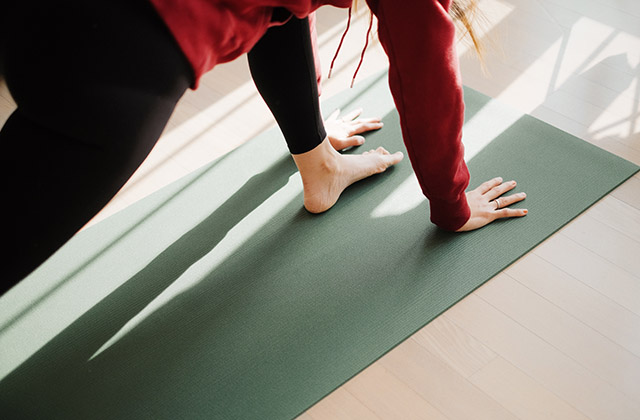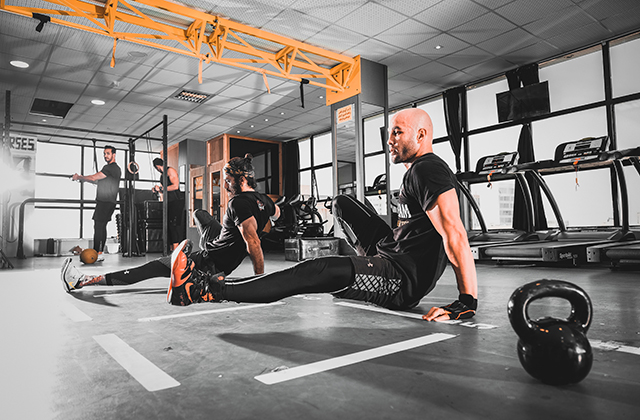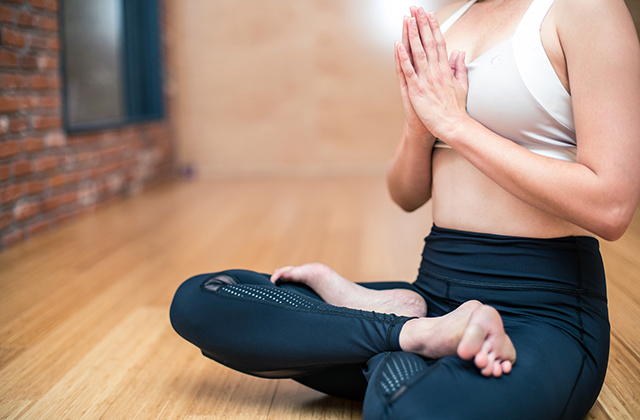Following an exercise program is a great way to get fit, but it’s not always easy. The following are some of the benefits of following an exercise program by a professional. Pilates instructor course can be beneficial for those who wants an exercise program.
Benefits of Following an Exercise Program by a Professional
It’s easier to stick to your goals: When you have someone setting up your workout and monitoring it, it’s easier to stick with your goals. A professional knows what you should be doing and when you should be doing it, so they can help keep you on track and make sure that you don’t fall behind or give up altogether. This is especially important if you’re new at working out or if this is the first time that you’ve ever tried exercising regularly.
It saves time: Working out on your own takes time away from other activities, like sleeping or spending time with family members or friends. With a personal trainer, all of the planning is done for you so that you can spend more time working out than planning how and when to work out.
You get more results in less time: When someone else is helping design your workout plan and follow through with it every day for you, then there’s no question about whether or not you did each move properly.
The benefits of following an exercise program by a professional are numerous.
Exercise is a beneficial way to improve your health, fitness, and well-being. Whether you want to lose weight, gain muscle or reduce stress, exercise is a great way to do it. However, there are many different kinds of exercise programs out there and they can be confusing to navigate through.
The benefits of following an exercise program by a professional include:
Safety – If you are new to exercise or have any health issues that may affect your ability to participate in certain types of workouts (i.e., heart disease), it is important that you consult with your physician before beginning any exercise program. Your doctor will be able to recommend the best type of exercise for your specific needs and restrictions. Additionally, he or she will also be able to give you advice on how often you should work out as well as what type of diet will best suit your goals for exercising.
Motivation – A professional trainer will keep you motivated and help keep you on track with your goals. This can be particularly helpful if you have trouble sticking with an exercise routine on your own or if this is your first time exercising regularly in some time! Visit us if you want to have an exercise program.



